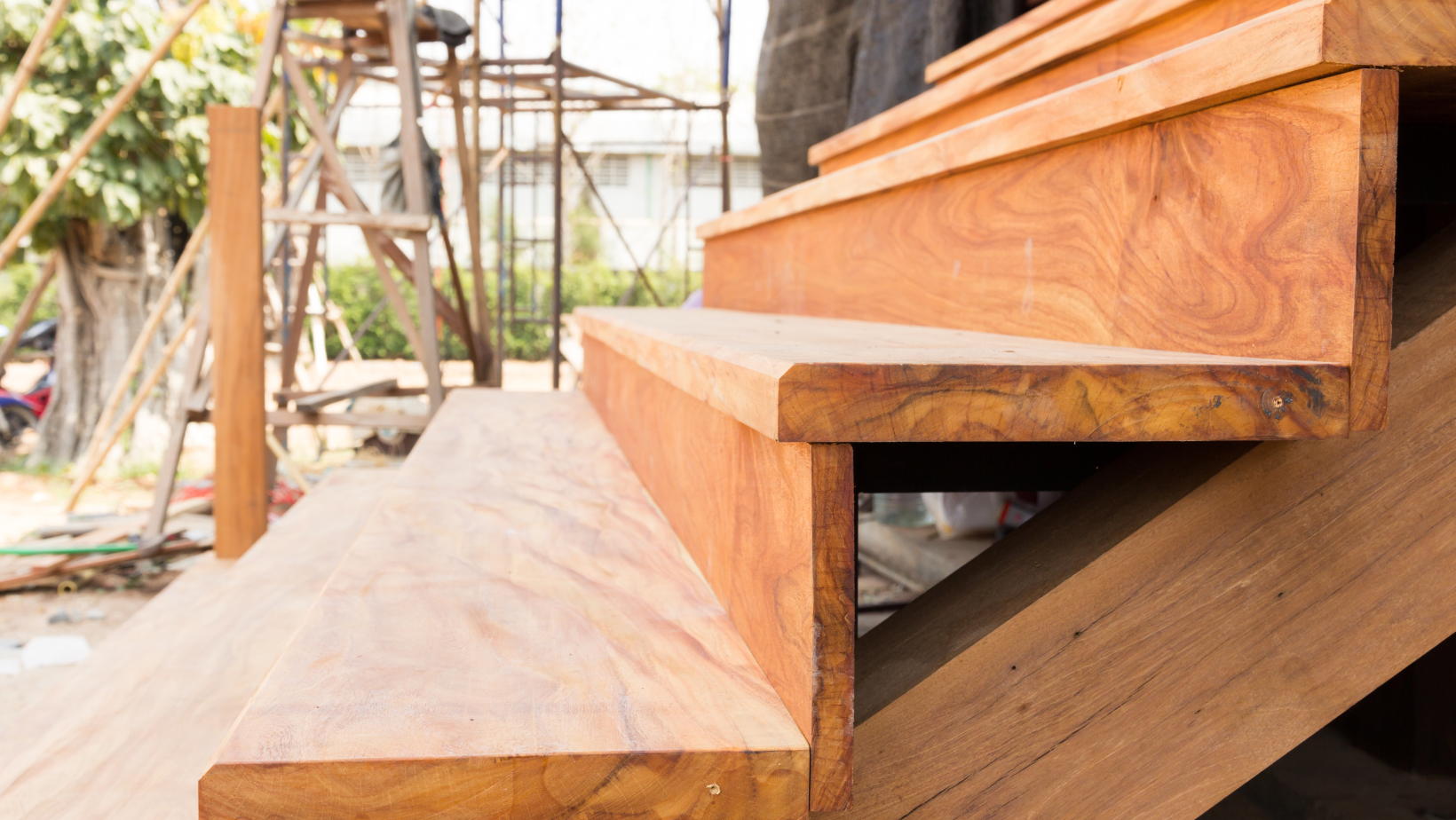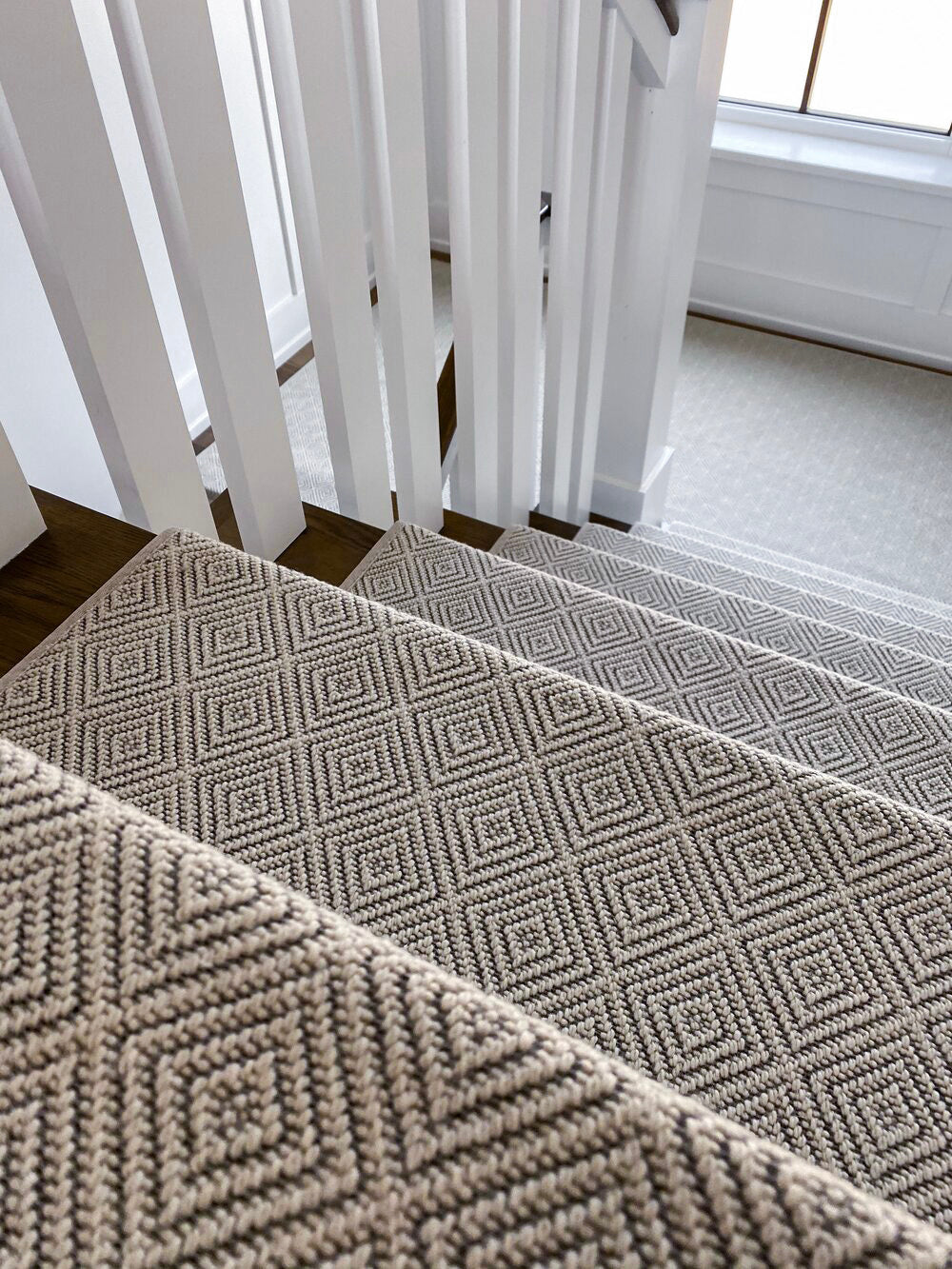Discover the importance of tread depth on stairs and how it impacts your climbing experience. From understanding the standard measurements to its influence on safety and comfort, this article will provide valuable insights for anyone navigating staircases. Knowing how to measure your stair tread depth is also important if you are looking to install carpet stair treads.
What is tread Depth in a nutshell?
Answer: it is the depth of the step that your foot comes into contact with as you climb up or down a staircase.
Tread depth can be affected by different thicknesses of carpet stair treads.
What Is Tread Depth on Stairs?
When it comes to stairs, tread depth refers to the horizontal distance from the front edge to the back of the step. In simpler terms, it is the depth of the step that your foot comes into contact with as you climb up or down a staircase. Tread depth plays a crucial role in the safety and comfort of staircases, making it an important consideration in staircase design and construction.
The standard measurements for tread depth typically range from 9 to 11 inches, with building codes and regulations often specifying the minimum and maximum allowable tread depth for residential and commercial stairs. These measurements are carefully established to ensure that stairs are safe and comfortable to use for individuals of varying ages and physical abilities.
The importance of tread depth in staircase design cannot be overstated. A proper tread depth ensures that individuals can comfortably place their entire foot on the step, providing stability and reducing the risk of tripping or slipping while ascending or descending the stairs.
Understanding what is a tread return and a tread depth are both aspects of a stair you'll want to know before installing carpet stair treads.
How Tread Depth Affects Climbing
Tread depth significantly impacts the safety of climbing stairs. When the deck stair tread depth is too shallow, it can lead to an increased risk of tripping or losing balance. On the other hand, excessively deep tread depth can cause discomfort and strain on the legs and feet, especially during prolonged use.
In addition to safety, tread depth also influences the overall comfort and ease of use when climbing stairs. A well-designed tread depth allows for a natural and fluid motion while climbing, promoting a comfortable and efficient experience for users.
The relationship between tread depth and foot placement while climbing is crucial. An appropriate tread depth encourages proper foot placement, ensuring that individuals can securely and comfortably navigate the stairs without feeling strained or off-balance.
Stair nosing is another part of the staircase that affects climbing.
Ensuring Proper Tread Depth for Safety
Building codes and regulations often have stair tread maximum depth and minimum depth requirements for stairs to ensure the safety of occupants. These regulations are put in place to prevent accidents and injuries related to improper tread depth.
Maintaining proper tread depth is essential for the safety of individuals using the stairs. Regular inspection and maintenance of tread depth can help identify any wear and tear, allowing for timely repairs or replacements to ensure the safety and functionality of the stairs.
To measure and maintain tread depth on stairs, individuals can use tread depth gauges to accurately assess the depth of the steps. This simple tool provides a quick and effective way to check if the tread depth meets the required standards for safety and comfort.
Conclusion
In conclusion, tread depth on stairs plays a critical role in ensuring the safety and comfort of individuals navigating staircases. Understanding the significance of tread depth and its impact on climbing is essential for anyone involved in staircase design, construction, or maintenance.
By adhering to building codes and regulations related to tread depth, and regularly inspecting and maintaining the tread depth on stairs, individuals can contribute to creating a safe and comfortable environment for users. Ultimately, proper tread depth is key to promoting a positive and secure climbing experience for everyone.



